The main settings need to be changed on Galaxy S10, S10 + or S10e
Whether you have bought Samsung Galaxy S10, S10 Plus or Galaxy S10e, you are in the hands of a powerful device. These phones can do a lot of things, but many features are not enabled by default. The following article will summarize all the main settings you want to change to make the most of your new phone.
First, you need to know the fastest way to access the Settings menu - swipe down from the top of the screen and click the gear icon located at the top right of the notification pane. Or, swipe up from the main screen to open the App Drawer and find the Settings app .
Make the most of your Galaxy S10, S10 + or S10e phones by changing the following settings
- Show more notification icons and battery percentage
- Swipe down to open the notification panel
- Activate Finger sensor (only available on S10e)
- Maximize screen resolution (S10 and S10 Plus only)
- Make the face detection feature more secure
- Always display the option Always On Display
- Remove the traditional navigation bar to use the Full screen gestures feature
- Custom Bixby Routines
- Activate the volume keys
- Schedule green light and Night Mode filter options
- Activate Smart Stay
- Change wallpaper to cover moles if desired
Show more notification icons and battery percentage
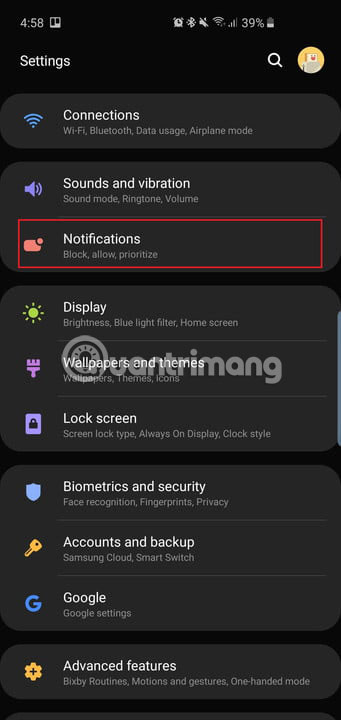 The main settings need to be changed on Galaxy S10, S10 + or S10e Picture 1
The main settings need to be changed on Galaxy S10, S10 + or S10e Picture 1 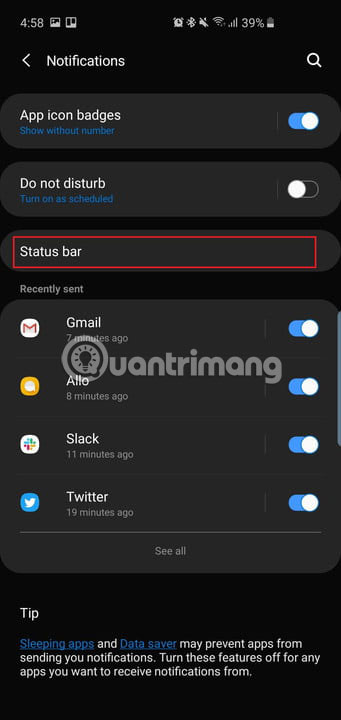 The main settings need to be changed on Galaxy S10, S10 + or S10e Picture 2
The main settings need to be changed on Galaxy S10, S10 + or S10e Picture 2 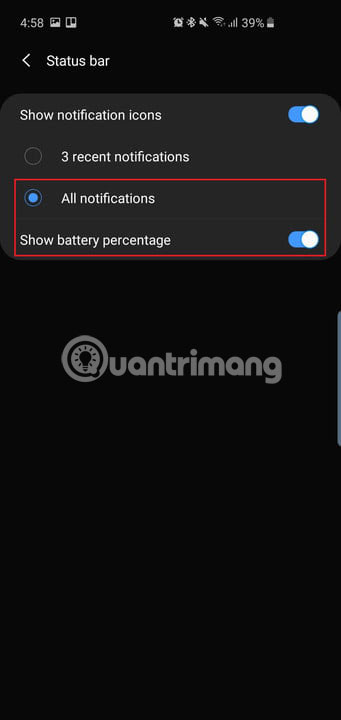 The main settings need to be changed on Galaxy S10, S10 + or S10e Picture 3
The main settings need to be changed on Galaxy S10, S10 + or S10e Picture 3
The hole-punch camera for all three phones is above. Hole-punch is the name for floating selfie camera at the top right. Like phones with notchs (notch is a term that refers to a U-shaped cut at the top of the screen), users have less space on the Status bar (status bar) for Android notification icons. or even the battery percentage. By default, the phone will only display 3 of the most recent notification icons and no battery percentage. Here's how to change this setting.
Go to Settings> Notifications> Status bar and click All notifications . Now, you should be able to see multiple notification icons on the Status bar instead of just the three icons as before.
Under All notifications, you will see the option to turn on Show battery percentage . Turn this feature on and it will be easier to evaluate the remaining battery life.
Swipe down to open the notification panel
 The main settings need to be changed on Galaxy S10, S10 + or S10e Picture 4
The main settings need to be changed on Galaxy S10, S10 + or S10e Picture 4 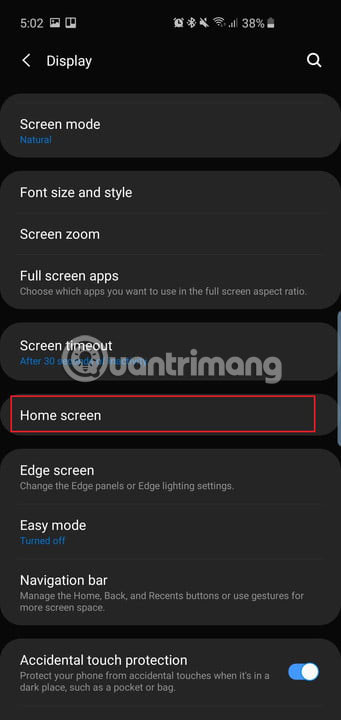 The main settings need to be changed on Galaxy S10, S10 + or S10e Picture 5
The main settings need to be changed on Galaxy S10, S10 + or S10e Picture 5 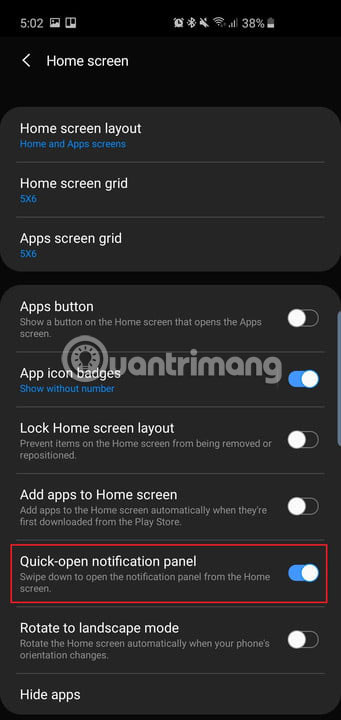 The main settings need to be changed on Galaxy S10, S10 + or S10e Picture 6
The main settings need to be changed on Galaxy S10, S10 + or S10e Picture 6
On Galaxy S9 and S9 Plus, you can swipe your finger on the fingerprint scanner to pull down the notification drawer. Because there's no fingerprint scanner on the back of the Galaxy S10 and S10 Plus, just swipe down anywhere on the main screen to pull down the notification drawer, instead of having to swipe down from the top.
Go to Settings> Display> Home screen and turn on the Quick-open notification panel option .
Now just swipe down from anywhere on the home screen to pull down the notification drawer. This also works on Galaxy S10e, with capacitive fingerprint scanning device.
Activate Finger sensor (only available on S10e)
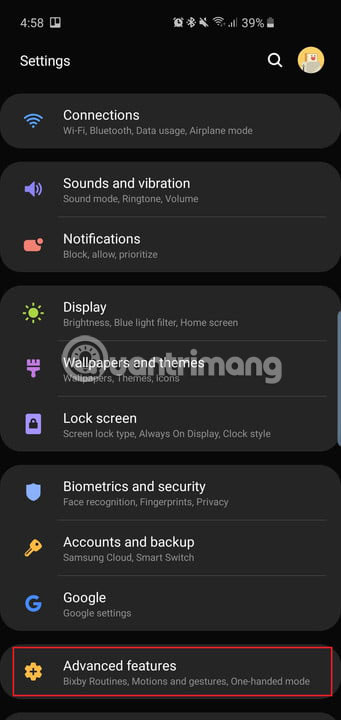 The main settings need to be changed on Galaxy S10, S10 + or S10e Picture 7
The main settings need to be changed on Galaxy S10, S10 + or S10e Picture 7 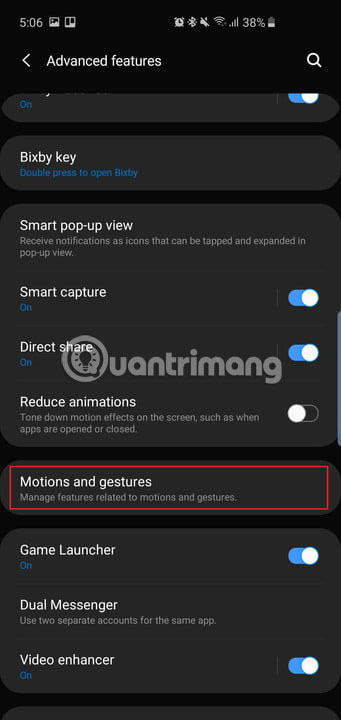 The main settings need to be changed on Galaxy S10, S10 + or S10e Picture 8
The main settings need to be changed on Galaxy S10, S10 + or S10e Picture 8  The main settings need to be changed on Galaxy S10, S10 + or S10e Picture 9
The main settings need to be changed on Galaxy S10, S10 + or S10e Picture 9
Because Galaxy S10e has a traditional fingerprint scanner (on the side of the phone), users can swipe their thumbs down or up there to control the notification drawer.
Go to Settings> Advanced features> Motions and gestures and turn on the Finger sensor gestures option .
This is a handy way to open the notification drawer without having to move your finger too much. Touch the Finger sensor gestures option and you will also see the option to open Samsung Pay by swiping up the sensor on the main screen. Please enable this option, if you think you will use it regularly.
Maximize screen resolution (S10 and S10 Plus only)
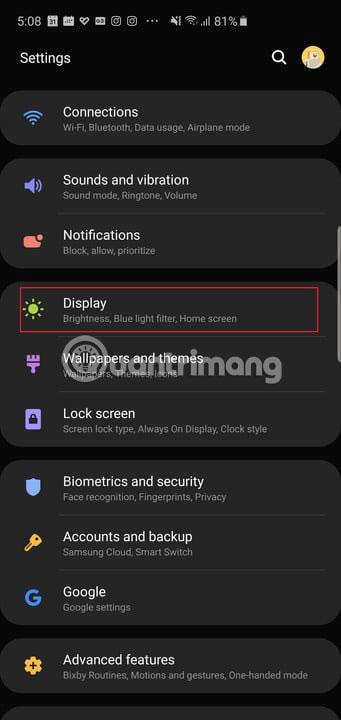 The main settings need to be changed on Galaxy S10, S10 + or S10e Picture 10
The main settings need to be changed on Galaxy S10, S10 + or S10e Picture 10 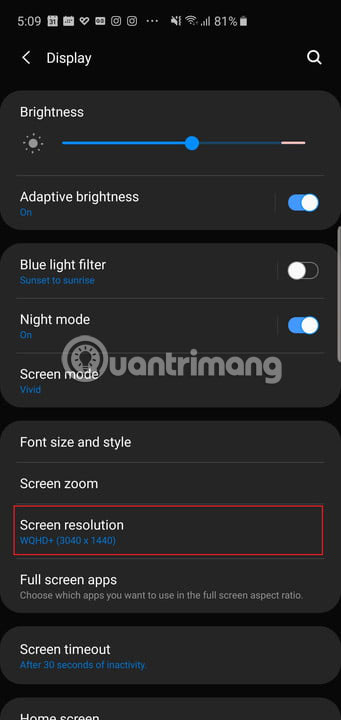 The main settings need to be changed on Galaxy S10, S10 + or S10e Picture 11
The main settings need to be changed on Galaxy S10, S10 + or S10e Picture 11 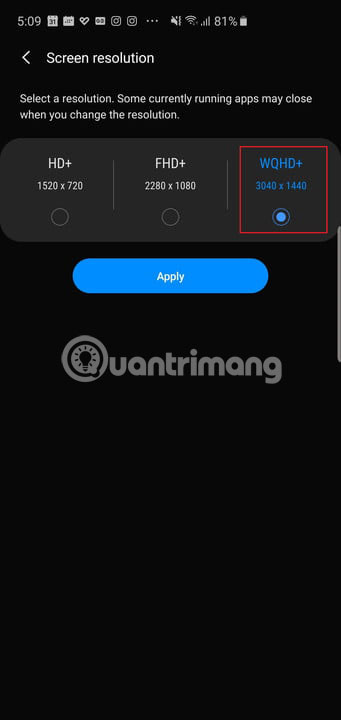 The main settings need to be changed on Galaxy S10, S10 + or S10e Picture 12
The main settings need to be changed on Galaxy S10, S10 + or S10e Picture 12
Samsung Galaxy S10 and S10 Plus have large, beautiful screens. Sadly, by default, they are set to a lower Full HD + resolution (2,280 x 1,080). It is possible to keep the screen at this resolution if you want to save battery power, but if you want the best experience, change it to WQHD + (3,040 x 1,440).
Go to Settings> Display> Screen resolution and click on the option WQHD +.
Use the HD + option (1.520 x 720) if you really want to save battery. This setting does not exist in Galaxy S10e. This line only has Full HD + resolution (2,280 x 1,440).
Make the face detection feature more secure
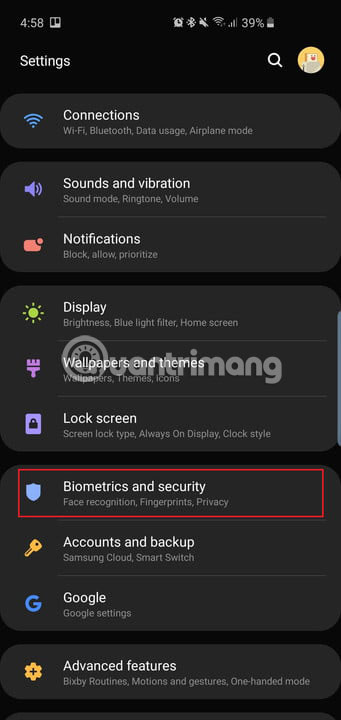 The main settings need to be changed on Galaxy S10, S10 + or S10e Picture 13
The main settings need to be changed on Galaxy S10, S10 + or S10e Picture 13 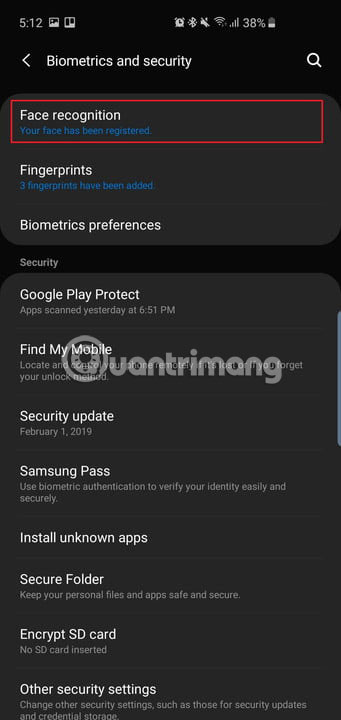 The main settings need to be changed on Galaxy S10, S10 + or S10e Picture 14
The main settings need to be changed on Galaxy S10, S10 + or S10e Picture 14  The main settings need to be changed on Galaxy S10, S10 + or S10e Picture 15
The main settings need to be changed on Galaxy S10, S10 + or S10e Picture 15
The Galaxy S10 and S10 Plus have an ultrasonic fingerprint sensor on the screen, which means the sensors are under the glass on the front of the screen. These sensors are secure and can be used to access sensitive applications such as banking applications or to authenticate payments with Samsung Pay. Galaxy S10e can only rely on its capacitive fingerprint sensor only. However, all three phones have a different way to unlock. It is using facial recognition. However, this is not a safe tool. Fully convenient facial recognition feature and to unlock the phone from the lockscreen screen.
By default, Samsung activates Faster recognition, so face detection technology responds very quickly, but this is detrimental to the security aspect: Face recognition technology can be fooled with just one photo. Photo taken face.
Therefore, disable this feature.
Go to Settings> Biometrics and security> Face recognition (if you've set it up) and disable Faster recognition. Now, face detection technology will not be easily fooled, but remember that this is still not the safest biometric option on these phones.
If you want to go straight to the main screen after the camera recognizes the face, you can turn off the Stay on Lock screen option in the same menu.
Always display the option Always On Display
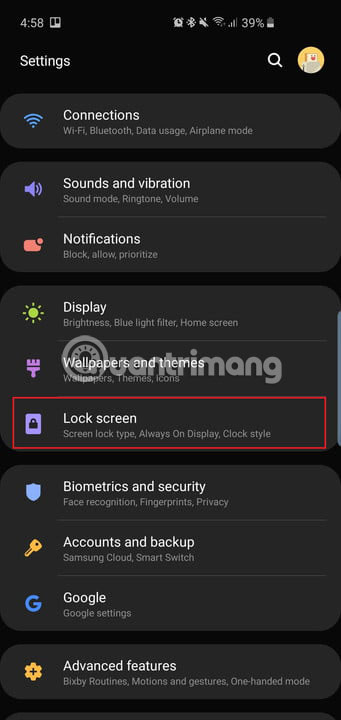 The main settings need to be changed on Galaxy S10, S10 + or S10e Picture 16
The main settings need to be changed on Galaxy S10, S10 + or S10e Picture 16 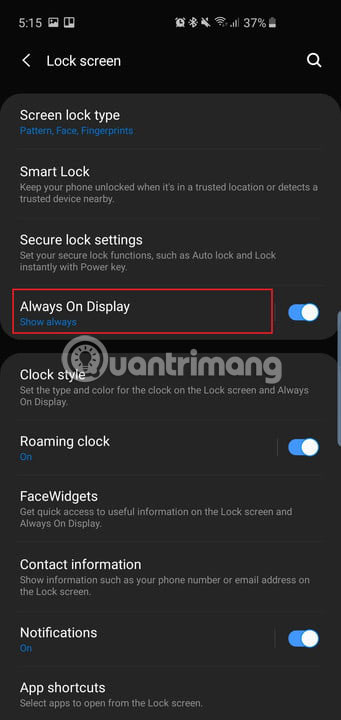 The main settings need to be changed on Galaxy S10, S10 + or S10e Picture 17
The main settings need to be changed on Galaxy S10, S10 + or S10e Picture 17 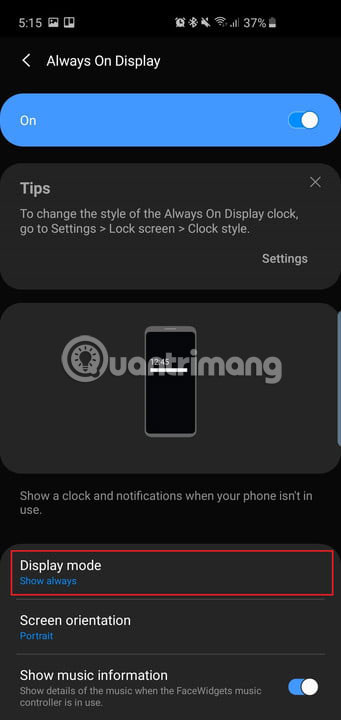 The main settings need to be changed on Galaxy S10, S10 + or S10e Picture 18
The main settings need to be changed on Galaxy S10, S10 + or S10e Picture 18  The main settings need to be changed on Galaxy S10, S10 + or S10e Picture 19
The main settings need to be changed on Galaxy S10, S10 + or S10e Picture 19
By default, the Always On Display option , displays the time, date, battery status and notification when the phone screen is off, is not always activated. Here's how to change that.
Go to Settings> Lock screen> Always On Display and scroll down to find and click Display mode. Touch Show always to always see this option. You can choose Tap to show and Always On Display will turn on for 30 seconds or it can be set to Show as scheduled .
In this setup menu, you can also turn on Show music information to control playback from Always On Display .
Remove the traditional navigation bar to use the Full screen gestures feature
 The main settings need to be changed on Galaxy S10, S10 + or S10e Picture 20
The main settings need to be changed on Galaxy S10, S10 + or S10e Picture 20 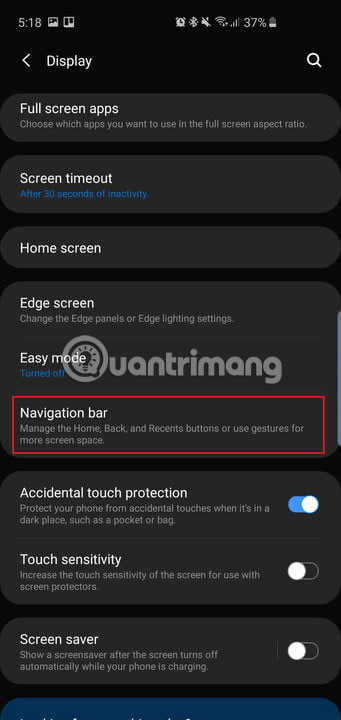 The main settings need to be changed on Galaxy S10, S10 + or S10e Picture 21
The main settings need to be changed on Galaxy S10, S10 + or S10e Picture 21 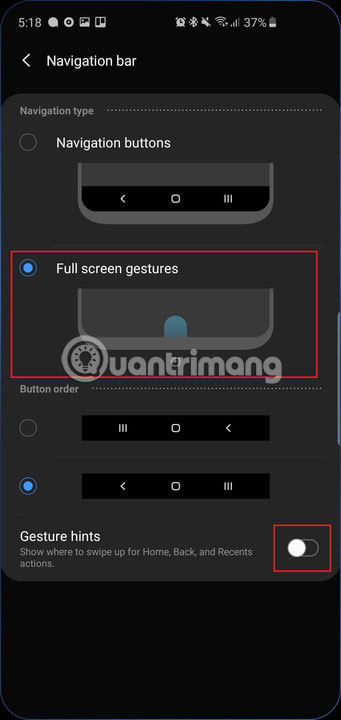 The main settings need to be changed on Galaxy S10, S10 + or S10e Picture 22
The main settings need to be changed on Galaxy S10, S10 + or S10e Picture 22
Samsung has done its best to reduce the edges around the gorgeous Dynamic AMOLED screen on all three smartphones, so why ruin it with the traditional Android navigation bar? If you want to maximize your phone screen, go to Settings> Display> Navigation bar and click on Full screen gestures . Now, just swipe your finger up where the traditional Android navigation buttons are used to complete the operation. For example, swiping in the middle will be like pressing the Home button .
Turn off Gesture hints if you want a cleaner interface.
Samsung phones have long used the self- titled ' Back, Home, Recents ' buttons, so if you're used to this, don't change it. If not, you can change the button order in the same Settings menu .
Custom Bixby Routines
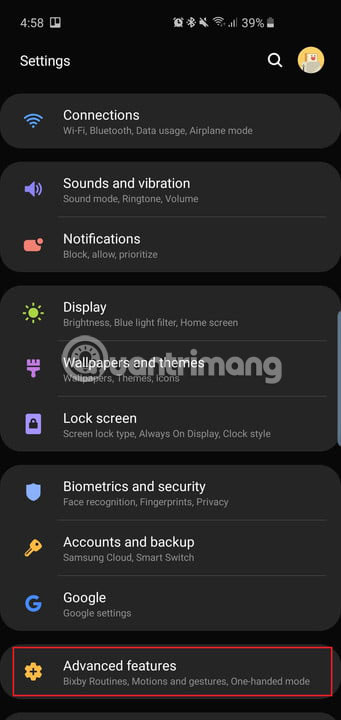 The main settings need to be changed on Galaxy S10, S10 + or S10e Picture 23
The main settings need to be changed on Galaxy S10, S10 + or S10e Picture 23 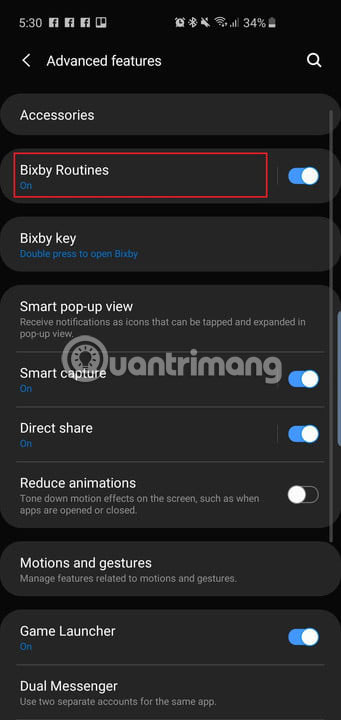 The main settings need to be changed on Galaxy S10, S10 + or S10e Picture 24
The main settings need to be changed on Galaxy S10, S10 + or S10e Picture 24 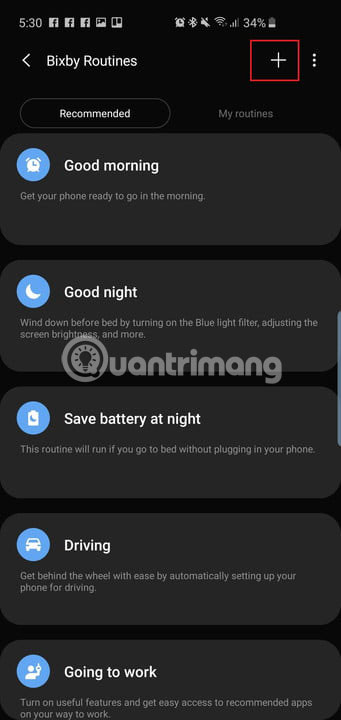 The main settings need to be changed on Galaxy S10, S10 + or S10e Picture 25
The main settings need to be changed on Galaxy S10, S10 + or S10e Picture 25 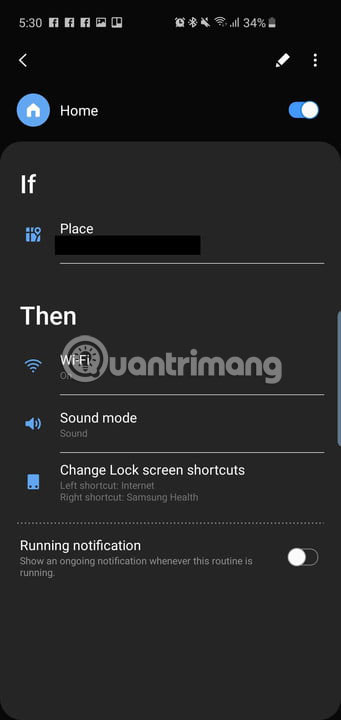 The main settings need to be changed on Galaxy S10, S10 + or S10e Picture 26
The main settings need to be changed on Galaxy S10, S10 + or S10e Picture 26
A new feature in this Samsung smartphone trio is Bixby Routines. Bixby Routines are very similar to IFTTT actions (if you have used them before). You can set different profiles for your phone and use certain actions to activate it. For example, when you get home, you can set up your phone to turn on volume alerts and have different application shortcuts displayed on the lock screen.
Access Bixby Routines by going to Settings> Advanced features> Bixby Routines . There are some recommended habits that you can turn on and edit or click the + sign to create a new custom habit.
Activate the volume keys
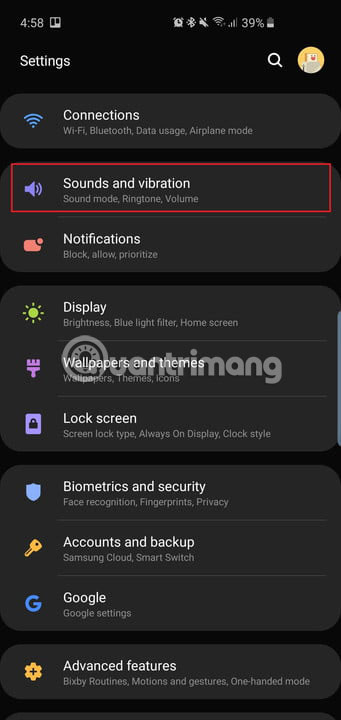 The main settings need to be changed on Galaxy S10, S10 + or S10e Picture 27
The main settings need to be changed on Galaxy S10, S10 + or S10e Picture 27 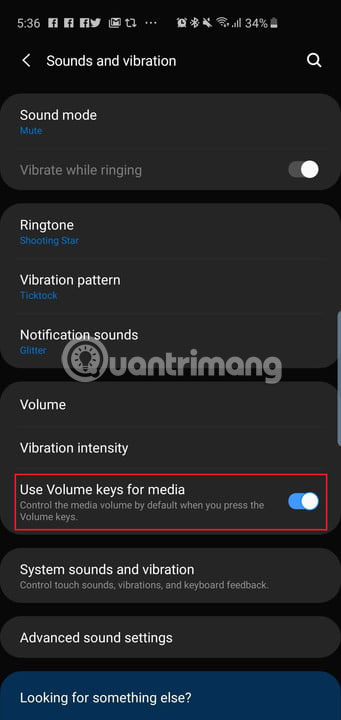 The main settings need to be changed on Galaxy S10, S10 + or S10e Picture 28
The main settings need to be changed on Galaxy S10, S10 + or S10e Picture 28
It is handy to quickly adjust the volume before playing a song or video on your phone, instead of changing the volume after something has started playing.
Go to Settings> Sounds and vibration and turn on the Use Volume keys for media option .
You can also enable this feature by tapping the volume control button and swipe down the pop-up volume settings.
Schedule green light and Night Mode filter options
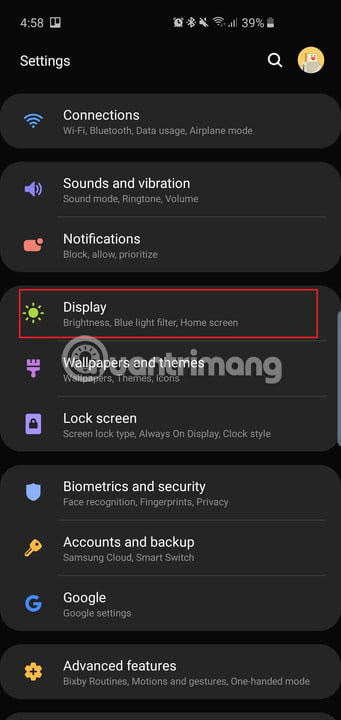 The main settings need to be changed on Galaxy S10, S10 + or S10e Picture 29
The main settings need to be changed on Galaxy S10, S10 + or S10e Picture 29 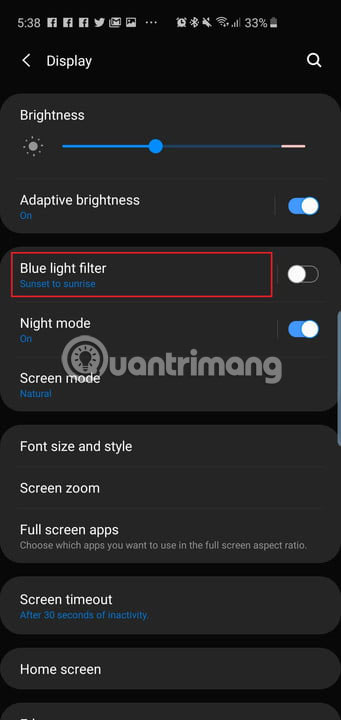 The main settings need to be changed on Galaxy S10, S10 + or S10e Picture 30
The main settings need to be changed on Galaxy S10, S10 + or S10e Picture 30  The main settings need to be changed on Galaxy S10, S10 + or S10e Picture 31
The main settings need to be changed on Galaxy S10, S10 + or S10e Picture 31
Dynamic AMOLED screens on these new models really reduce 42% of blue light emission. This is really useful because too much blue light at night can affect sleep and health. But if you want to use the blue light filter on your phone, you can schedule them to automatically turn on at a certain time or just from sunset to dawn. Samsung's new One UI software, also features Night Mode, can be used for darker themes across the operating system when using the phone at night, in the dark.
To schedule a blue light filter, go to Settings> Display> Blue light filter and click Sunset to sunrise .
To turn on a darker theme in the entire user interface, go to Settings> Display> Night mode and click Turn on now . If you want the interface to be white again during the day, you can click Turn on as scheduled and set the Night Mode to start from sunset to dawn.
Activate Smart Stay
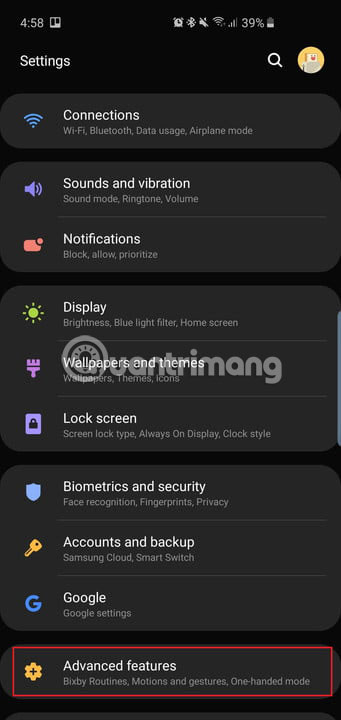 The main settings need to be changed on Galaxy S10, S10 + or S10e Picture 32
The main settings need to be changed on Galaxy S10, S10 + or S10e Picture 32 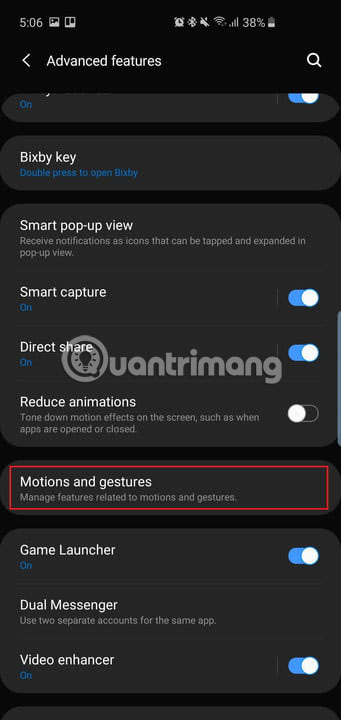 The main settings need to be changed on Galaxy S10, S10 + or S10e Picture 33
The main settings need to be changed on Galaxy S10, S10 + or S10e Picture 33 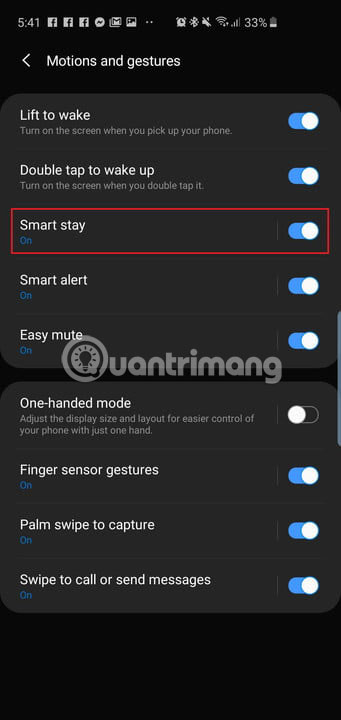 The main settings need to be changed on Galaxy S10, S10 + or S10e Picture 34
The main settings need to be changed on Galaxy S10, S10 + or S10e Picture 34
Smart Stay is a feature already available in Samsung phones for a long time. Basically, as long as your eyes are glued to the screen, the screen will never turn off.
Turn on Smart Stay by going to Settings> Advanced features> Motions and gestures and turning on Smart Stay .
There are a number of other features in this menu and Advanced features you can look at like Lift to wake and Double tap to wake up , but all are turned on by default.
Change wallpaper to cover moles if desired
For more details on this section, please refer to the article: Invite to download a unique set of wallpapers for Samsung S10 / S10 + to help cover the "mole" camera.
These are the main settings you will want to change as soon as you set up the new Galaxy S10, S10 Plus or S10e.
Enjoy the new phone in your own way!
You should read it
- Compare Galaxy S10E and iPhone XR: Where is the flagship model worth spending?
- Some settings need to be changed after purchasing Samsung Galaxy S8
- 6 Samsung Galaxy S23 Ultra camera settings you need to change
- Configuration and price of Galaxy S10 trio, Samsung's super series has just officially launched
- 5 settings you should change on Galaxy S9 / S9 +
- Steps to reset WiFi modem
- Top 10 security settings after installing Active Directory
- Instructions for checking Google DNS settings after changes
- How to Reset Samsung Galaxy S3
- These are the 9 equations that changed the world, how many can you understand?
- 3 ways to reset Folder View Settings to default in Windows 11
- Samsung's premium products at MWC 2019
May be interested

Learn new features of Android Q (Android 10)

How to automatically enter passwords in Android

Wireless charging method for other devices on Samsung Galaxy S10

How to fix Android phone error cannot open music, MP3 cannot be played

How to record video screen Android Q (Android 10)

How to limit the time to use the application on Android phones






 Compare Galaxy S10E and iPhone XR: Where is the flagship model worth spending?
Compare Galaxy S10E and iPhone XR: Where is the flagship model worth spending? Configuration and price of Galaxy S10 trio, Samsung's super series has just officially launched
Configuration and price of Galaxy S10 trio, Samsung's super series has just officially launched Some settings need to be changed after purchasing Samsung Galaxy S8
Some settings need to be changed after purchasing Samsung Galaxy S8 6 Samsung Galaxy S23 Ultra camera settings you need to change
6 Samsung Galaxy S23 Ultra camera settings you need to change Samsung's premium products at MWC 2019
Samsung's premium products at MWC 2019 5 settings you should change on Galaxy S9 / S9 +
5 settings you should change on Galaxy S9 / S9 +